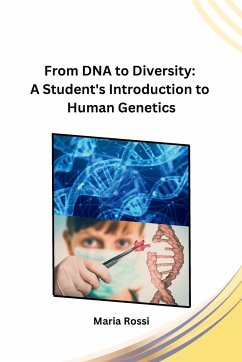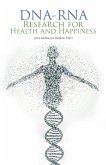In the realm of genetics, the study of genes and chromosomes is crucial to understanding the fundamental building blocks of life. Genes, the hereditary units that determine traits and characteristics, are contained within structures called chromosomes. This subchapter will delve into the intricate world of genes and chromosomes, providing students with a comprehensive introduction to this fascinating field of study. To begin, let's explore the structure of chromosomes. Chromosomes are thread-like structures found within the nucleus of every cell in our bodies. They are composed of DNA, or deoxyribonucleic acid, which carries the genetic information necessary for the development and functioning of all living organisms. Humans typically have 23 pairs of chromosomes, resulting in a total of 46 chromosomes in each cell. Each chromosome contains numerous genes, which are specific segments of DNA that provide instructions for the production of proteins. Proteins are essential for the proper functioning of cells and play a crucial role in determining an individual's traits, such as eye color, height, and susceptibility to certain diseases. The arrangement and organization of genes on chromosomes are intricately structured. Genes are lined up in a linear fashion, with each gene occupying a specific location, or locus, on a chromosome. The different versions of a gene that can occupy a particular locus are known as alleles. These alleles contribute to the genetic variation observed among individuals. Understanding the relationship between genes and chromosomes is vital in comprehending how genetic traits are inherited. During reproduction, each parent contributes one set of chromosomes to their offspring. This process ensures that offspring inherit a combination of genes from both parents, leading to a unique blend of genetic traits. Moreover, the study of genes and chromosomes has far-reaching implications. It allows us to understand the underlying causes of genetic disorders, such as Down syndrome, cystic fibrosis, and sickle cell anemia. By unraveling the intricate interactions between genes and chromosomes, scientists can also explore the genetic basis of complex diseases like cancer and develop targeted therapies.








